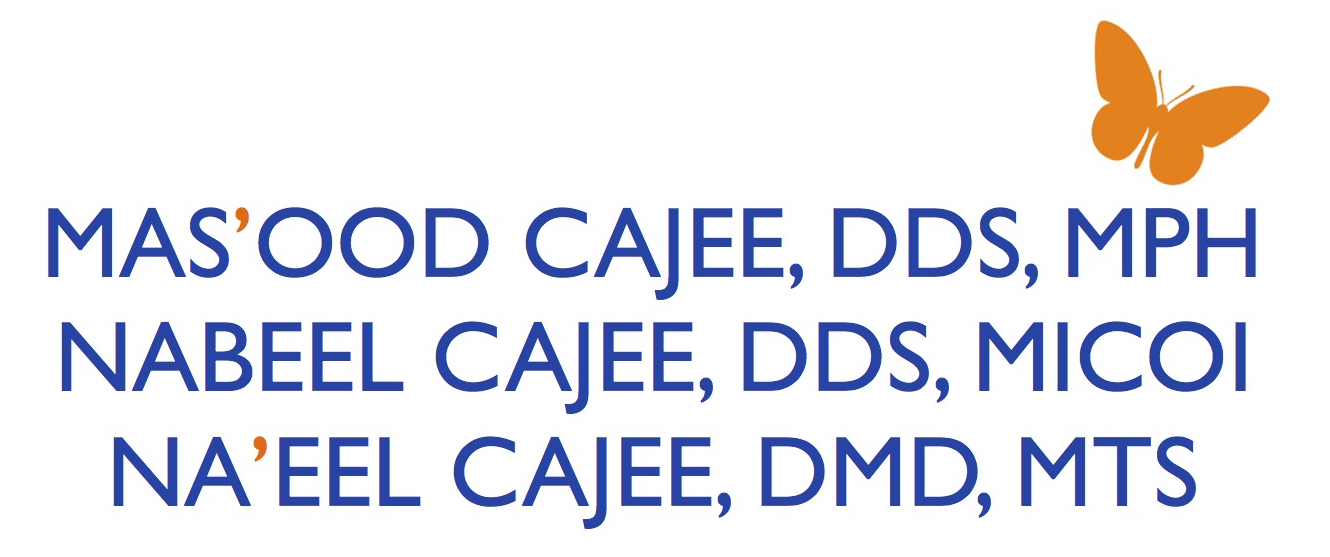5 teeth whitening trends
/Teeth whitening is not for everyone. But for those of us who do want a brighter smile, there are some new trends that have been very popular amongst people looking for a brighter smile. But are these trends good? Do they actually whiten the teeth or are they actually in fact damaging the teeth or doing nothing at all? Let's take a closer look at the top 5 whitening trends that are going on right now. Some may be beneficial and some may be actually harming the enamel.
UV whitening lights
UV lighting is believed to be the fastest way to whiten teeth. This procedure directly places ultraviolet light onto the teeth to accelerate the bleaching agent on the teeth. However, studies have also shown that uv light procedures may not have any significance on speed or improvement of whiter teeth. The effect of UV lighting is temporary and can dehydrate the teeth. This can lead to shade relapse. UV lighting also comes with short-term and long-term risk factors. Short-term factors would include burning and bleeding of the gums and tooth sensitivity. Long-term factors would include eventually wear on the enamel and even oral cancer. Our trained professionals are knowledgeable in answering any questions or concerns you may have about how safe and effective UV lighting can work for your teeth. Give us a call and set up a consultation today to discuss this and other options to get the best smile!
Purple Toothpaste
Purple and yellow compliment each other on the color wheel and they neutralize when combined. Applying a purple paste directly onto the teeth can help cancel out the yellow leaving your teeth looking much whiter. But unfortunately it is just a trend and does not in fact address the core problem. Purple toothpaste creates only an illusion. The color offsets teeth yellowing on a shallow surface level.
Teeth Whitening Pens
Teeth whitening pens can be effective. You can often see a visible difference immediately. However the effects are not permanent. It works by applying a thin layer of bleaching agent to the tooth. Once applied this layer becomes solid and creates a film over each tooth you apply it too. It is the film that produces the lightening effect that makes your teeth appear whiter. Over time the film will dissolve and wash away. This is a good method for a quick whitening for a meeting or a date or any event with a lot of talking.
Charcoal Toothpaste
Charcoal toothpaste is an abrasive powder with small charcoal shards in it. The grit and shards is what helps to make it effective at removing stain when it is rubbed on the teeth. However, using an abrasive toothpaste that has charcoal in it can actually cause damage to the enamel wearing it down in the long run. Once the enamel is gone, it’s gone for good. The removal of charcoal toothpaste is difficult as well. It remains in between the teeth and in the gums leaving a black residue behind that may take days to get out. Charcoal toothpaste can effectively scrub away surface stains, but its not effective at lifting pigments from deep inside the tooth enamel
Whitening Toothpaste
According to the MayoClinic,
“Whitening toothpaste can appear to whiten teeth slightly by removing surface stains, such as those caused by drinking coffee or smoking. However, whitening toothpastes can't change the natural color of your teeth or lighten a stain that goes deeper than a tooth's surface.
To remove surface stains, whitening toothpaste typically includes:
Special abrasives that gently polish the teeth
Peroxide or other chemicals that help break down or dissolve stains
Some whitening toothpastes contain the chemical blue covarine, which adheres to the surface of the teeth and creates an optical illusion that can make teeth appear less yellow.
When used twice a day, whitening toothpaste can take from two to six weeks to make teeth appear whiter. Whitening toothpastes that contain blue covarine can have an immediate effect. Although whitening toothpastes are typically designed to maximize cleaning and minimize wear on tooth enamel, be careful to follow manufacturer recommendations.
If you're considering using a whitening toothpaste, look for a brand that has a seal of approval from a reputable dental organization — such as the American Dental Association Seal of Acceptance. This seal indicates that the toothpaste is safe and effective at removing surface stains.
If you're not satisfied with the effect of whitening toothpaste, ask your dentist or dental hygienist about other tooth-whitening options — such as over-the-counter or professional bleaching products. Results from these products are more predictable because they stay in contact with the tooth surface longer. These products are more expensive, but the extra cost may be worth it if you want better results than are achieved with whitening toothpastes. Some of these products can make your teeth sensitive, but this symptom is reversed by stopping use.”





